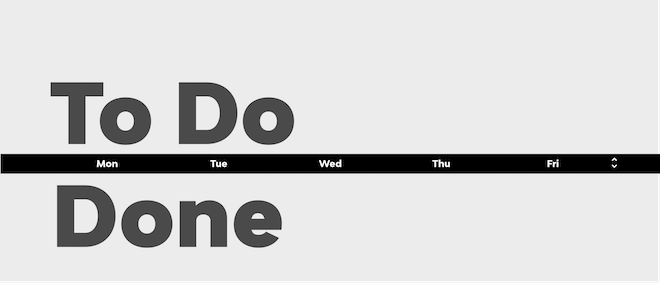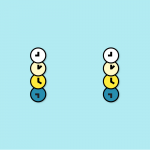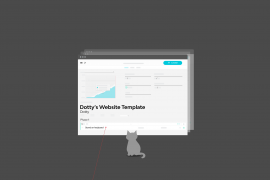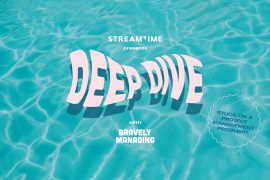In the next blog in our comprehensive guide on productivity, to-do lists and Streamtime, guest blogger Mat Groom takes a look at how one key user insight radically transformed the future of Streamtime.
Over the course of this guide, we’ve discovered why people love to-do lists, why we love feeling productive, and talked a bit about how you can be more productive yourself. As you might have noticed, these are subjects we’re especially passionate about – particularly since we rebuilt our entire system around to-do lists. Why did we do that?
When we were in the earliest stages of planning the future of our product, we were looking at the pain points of our users. And one huge one kept coming up, again and again: they hated timesheets. With an almost pathological passion. But they were seen as a necessary evil – because studios needed to keep track of time used and money spent to manage their businesses. It seemed an intractable problem.
But after digging down to the real core of the issue, we found a solution: people hated timesheets because they were laborious, time-consuming and (most importantly) offered no reward for the time invested. So we decided to flip the script: we’d make time tracking less work, and offer the user something for their effort.
How Streamtime’s to-do lists work.
The first step (making time tracking less work for the user) was surprisingly simple in retrospect. Estimates for how long each task should take were already being created by job managers in the form of job plans. All we had to do was was create some smart algorithms that would identify from the job plan who needed to do what, figure out how important each task was based on deadlines and job priorities, and use this information to pre-populate the user’s time tracker with best-guess estimates of what they’d need to do (and when).
In the new Streamtime, this all happens automatically – when a job is set to ‘happening’ in the job management part of the system, the appropriate tasks will automatically be added to each user’s weekly to-do list (around their existing tasks). If we still used timesheets, it’d be the equivalent of having your timesheets filled out for you.
Users might still have to adjust the time spent on some tasks when things don’t go according to plan, but it’s still much easier than having to remember what you did on a given day, track down a job number, find the client details, and all the other hassles that come with putting together a timesheet from scratch.
So that was the ‘less work’ half sorted – but how could we possibly offer something for the user in return? The answer was the Zeigarnik effect (for those of you who don’t remember, that’s the subconscious brain’s insistent need to have a specific plan in place to achieve your desires). By ditching the timesheet model and adopting pre-populated to-do lists instead, we’re able to provide every user freedom from the Zeigarnik effect – because they now never have to remember what they need to do (or when they need to do it). With time management taken care of for them (in an intuitive, fun-to-use way), they’re free to focus their minds on creative endeavours.
But there was no reason for us to restrict this benefit to the work world – so we included the ability for users to add personal tasks to their to-do lists that have no influence on the backend of the system. After all, ‘finish homepage designs’ and ‘pick kids up from school’ are both very important. And by keeping both in one place, we’ve ensured neither will be forgotten.
Never done.
This is a radical new way of handling time tracking, and we’re still figuring out how far we can push its potential. For example, we’re currently looking at ways to import data from your calendars – so we can drop your meetings into your to-do list automatically.
And that’s just the start. Imagine if your to-do list could identify which sorts of tasks you liked to do on which days (or even what you liked to do at certain times of day) and scheduled your week accordingly. Or if logging a meeting as ‘done’ logged it as ‘done’ for everyone at the meeting – saving a lot of people from doing a little bit of work.
We certainly have our work cut out for us. But if there’s one thing we’ve learned throughout this process, it’s that there’s always more to do.
Mat Groom is Storyteller at For The People Agency
Why not take it for a spin? Head to streamtime.net and sign up for free today or jump back into our guide to learn more.







